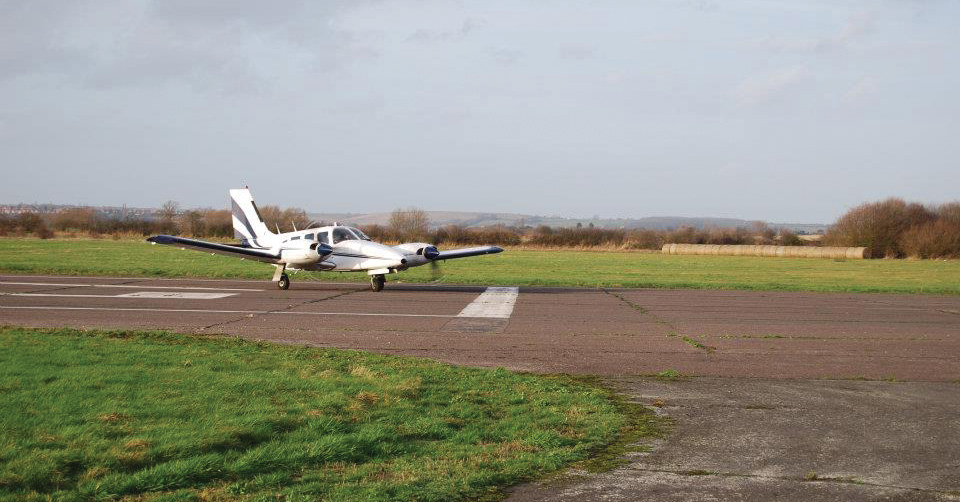With ‘Brexit’ Deadline Looming, European Business Aviation Seeks Direction
29 May, 2018
EBAA recently unveiled a detailed analysis of six possible scenarios for business aviation operations in the aftermath of the United Kingdom’s (UK) pending exit from the European Union (EU), currently scheduled for 30 March 2019.
An education session during the 2018 European Business Aviation Convention & Exhibition (EBACE2018) examined these options that range in severity from the “best case” of maintaining the status quo for operators under “Brexit,” to a scenario requiring the UK to renegotiate dozens of new aviation agreements with individual EU member states.

“Aviation is simply not on the agenda in those discussions at all,” according to Mark Bisset with Clyde & Co., the firm commissioned to perform the EBAA analysis. “And that’s worrying, because the clock is ticking and we’re trying to remain positive.”
Traffic rights between the UK and EU member states are at the top of the list of concerns for operators. Of the potential scenarios presented, Bisset said it’s likely any potential agreement will require the UK to enter into separate pacts with EU member states, with all former blanket approvals “ending at Fourth Freedom rights” limiting UK operators to flights between the UK and a single destination, barring multiple trip legs, point-to-point flights within the EU and all cabotage rights.
Other concerns include how to handle customs duties and VAT requirements, maintaining membership in the European Aviation Safety Association and so-called third-country access to Britain by outside entities, including from the U.S.
Those currently working in the British aviation industry are also at risk, and not just from the threat of lower traffic rates. Business aviation alone directly supports 35,000 jobs in the UK, out of a total of 200,000 jobs across all the country’s aviation sectors. Many of those workers originate from other EU members states, and their work statuses could be threatened under Brexit.
For these reasons and more, “there is strong incentive to preserve some access to the European market, although what’s at stake is the very existence of the union,” cautioned French aviation attorney Matthieu de Varax of Odi-sé Avocats. “If you start allowing non-members of the EU the same rights and benefits as members, there will be a line of other countries desiring the same benefits.”
Marc Bailey, CEO of the British Business and General Aviation Association, said minimizing disruption to British aviation operators should be the greater interest of all parties. “If Britain is damaged, the EU will be damaged as well,” he added. “Within the UK we’re doing our best to make sure all associations across aviation are working together with a single voice. It may be a miniscule piquant on the map of everything else, but it’s a united position.”
Representing the operators’ perspective, Alec Werner, with NetJets Transportes Aéreos S,A, noted concerned parties are seeking any information available to assist in developing their path forward once Brexit becomes reality. Some companies have already established AOCs within other EU member states in preparation for post-Brexit operations, although Werner acknowledged that is likely both time- and cost-prohibitive for all but the largest businesses.
In light of all that still must be agreed upon, Werner believes it’s likely any transition period, or even the 30 March deadline itself, will have to be extended due to ongoing intractability on both sides. “It’s a Hobson’s Choice,” he concluded.
Review an executive summary of the EBAA Brexit analysis (PDF).

